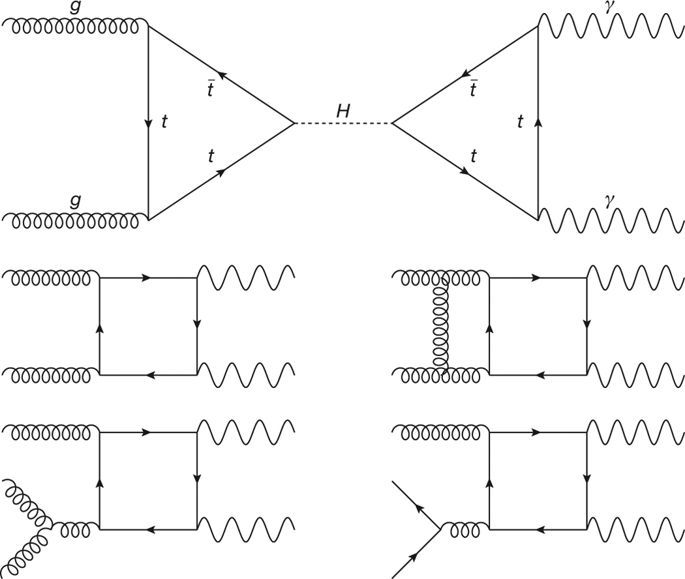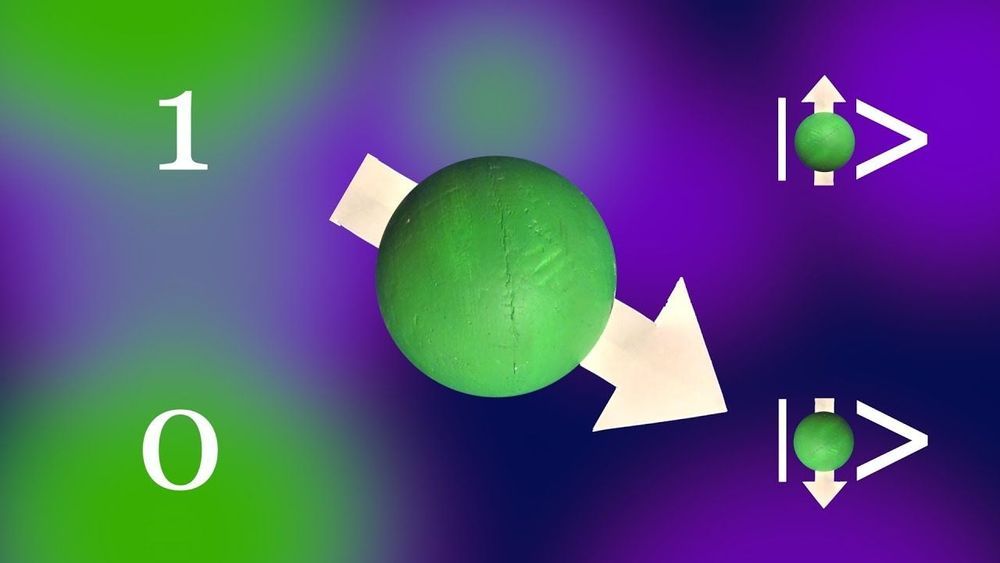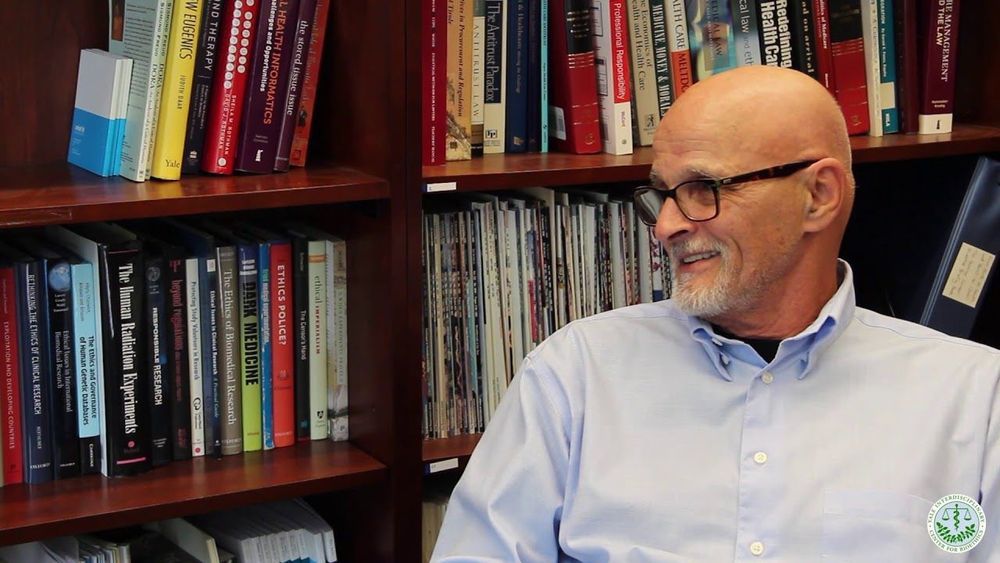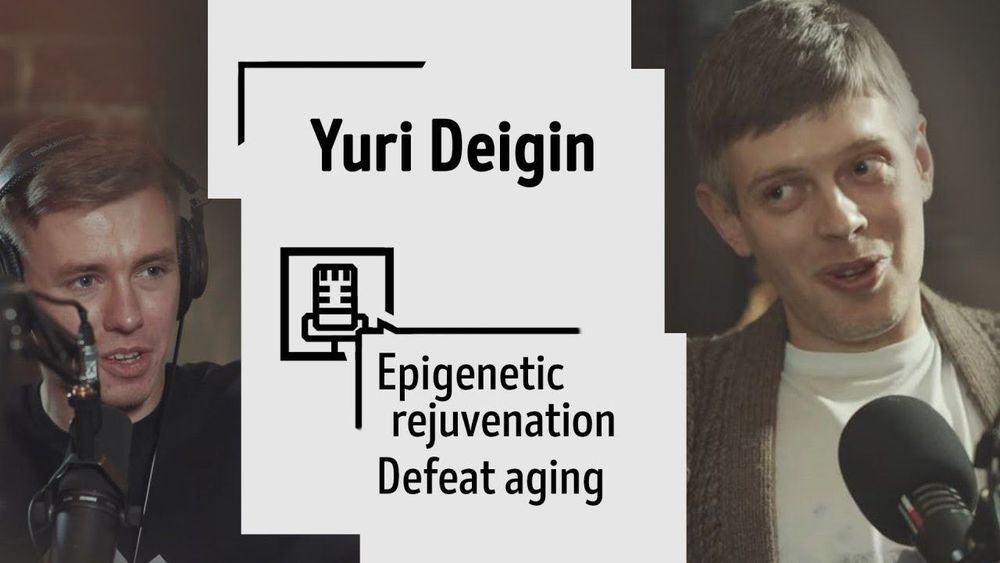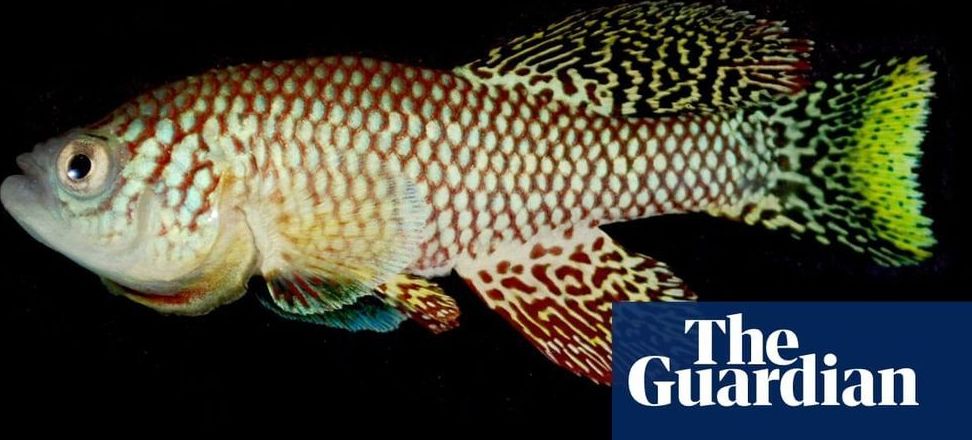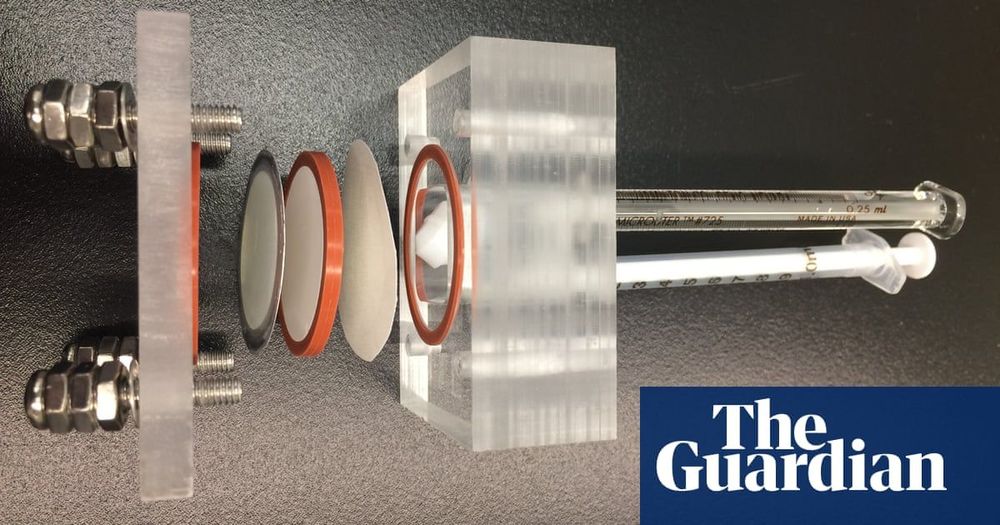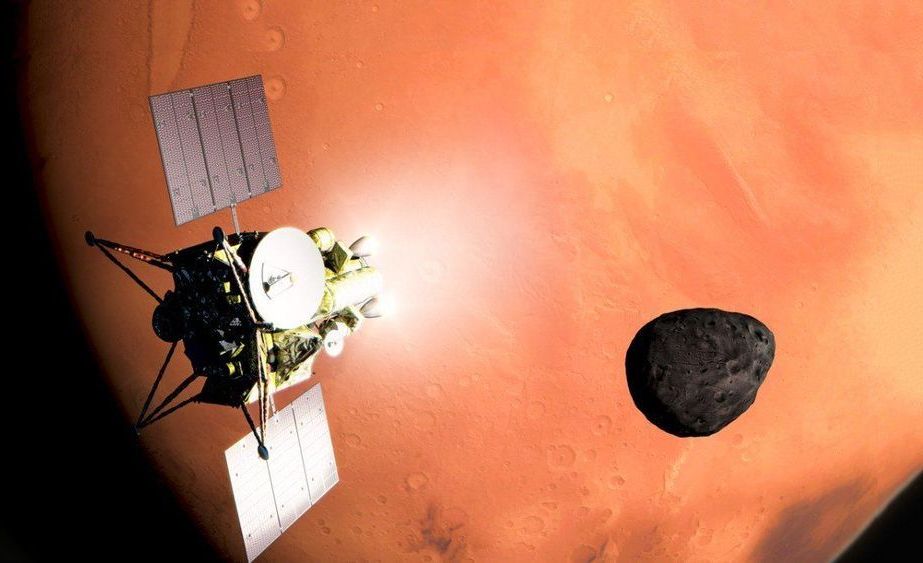A machine learning algorithm implemented on a quantum annealer—a D-Wave machine with 1,098 superconducting qubits—is used to identify Higgs-boson decays from background standard-model processes.
Molecule Rules
The team even managed to observe two of three atoms collide to form a molecule — a process that has never been observed on this scale before. They were surprised at how long it took compared to previous experiments and calculations.
“By working at this molecular level, we now know more about how atoms collide and react with one another,” lead author and postdoc researcher Marvin Weyland said in a statement. “With development, this technique could provide a way to build and control single molecules of particular chemicals.”
Circa 2016
MIT scientists have developed a 5-atom quantum computer, one that is able to render traditional encryption obsolete.
It is in this second phase when Darwinian evolutionary rivers will merge with the rivers of intelligent designers, represented by scientists, programmers and engineers, who will fuse organic natural biology, synthetic biology, and digital technology into a unified whole that future generations will deem their anatomy. The merger will serve to afford greater intelligence and, longer, healthier lives. In exchange, we will relinquish actual autonomy for apparent autonomy, where what was once considered “free will” will be supplanted by the deterministic logic of machinery somewhere in the mainstream of our unconscious.
Although in-the-body technology will have an explosive effect on commerce, entertainment, and employment, in the near term the concentration will be on medical devices, such as the innocuous pacemaker (essentially a working silicon-based computer, with sensors, memories, and a stimulation device with telecommunications to the outer world). In a second epoch, these devices will be gradually down-sized by advances in synthetic DNA, molecular- and nano-sized processors, each deployed alongside and within cells and organs as permanent non-organic, internal adjuncts to our anatomy for use as: nano-prosthetics, nano-stimulators/suppressors, artificial organ processors, metabolic and cognitive enhancers, and permanent diagnostic tools to ensure our physical and psychological well-being as we head toward a practically interminable lifetime.[6]
Will a wide-spread practice of installing technology into the body fundamentally change human essence? Our sense of self-sufficiency, authenticity, or individual identity? Will it change that numerical identity, the one “I” as some static aspect of ourselves (as self-consciousness as idealized by Locke)? Or will it change our narrative identity, our unseen internal human form, to eventually redefine what it means to be human?[7].
Had a very frank discussion with Greg Mustreader about transhumanism, learned helplessness of society in the face of aging and death, insufficient sense of urgency among researchers of aging, epigenetic rejuvenation, cryonics, and so on. No filter! 😁.
My blog on Medium: https://medium.com/@mustreader
My Twitter: https://twitter.com/mustreader
My Instagram: https://instagram.com/mustreader
Support me on Patreon: https://patreon.com/mustreader
A digital map of rocks, cavities, and utility pipes underground creates a unique signature. Cars can follow it, at speed, in snow, and be within 2 inches of the road center, says WaveSense.
Turquoise killifish is able to suspend its development for longer than its average lifespan.
Behold, The Gargantuan Stick Insect
Posted in futurism
Only three female Ctenomorpha gargantua stick insects have ever been seen in the wild.
JAXA, Japan’s national space agency, has just approved a robotic mission to visit the Martian moons Phobos and Deimos and retrieve a small sample from the former to bring back to Earth.
The mission plan: It’s called Martian Moon eXploration, or MMX. JAXA currently plans to launch MMX in 2024 and make it to the Martian system the following year. MMX will spend three years in the system studying and mapping the moons. The mission will make use of 11 different instruments, including a NASA-funded instrument called MEGAE that will measure the elemental composition of both bodies (perhaps revealing signs of ancient water).
The mission will also deploy a small rover to zip around the surface of Phobos, not unlike what JAXA’s Hayabusa2 mission deployed on the surface of the asteroid Ryugu.
